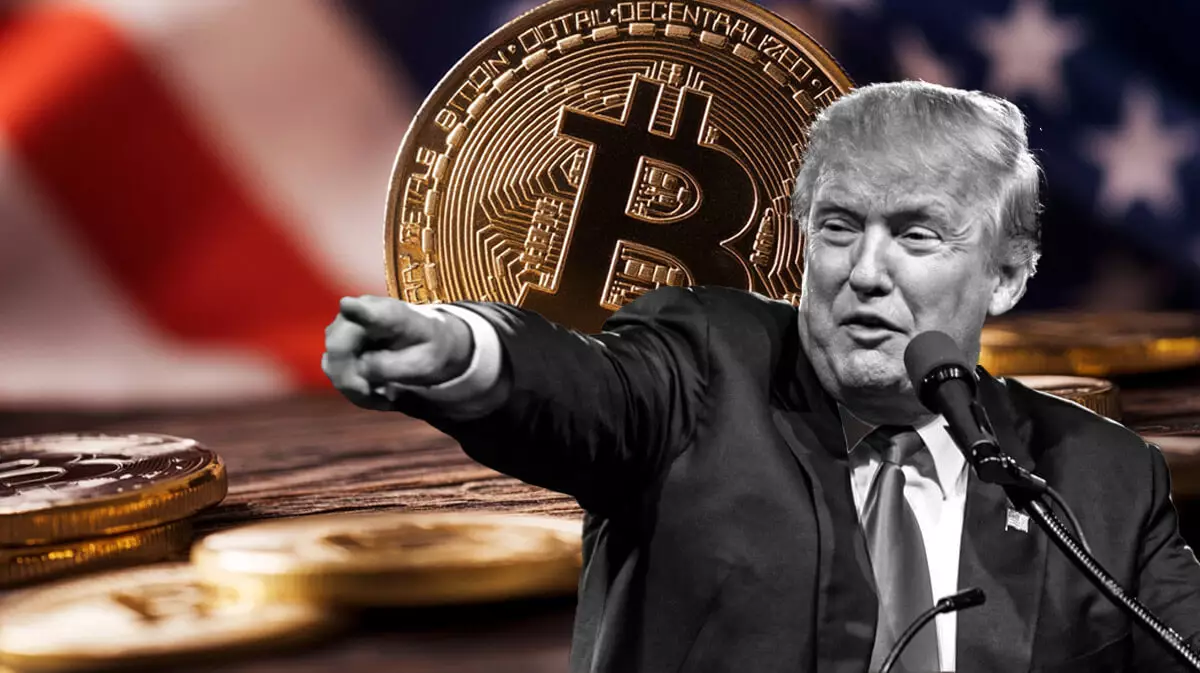In the ever-evolving landscape of cryptocurrency, security has emerged as one of the paramount concerns for both individuals and institutions alike. As the popularity of digital assets surges, so too does the interest of malicious actors. This potent combination has established crypto custody as a complex and high-stakes endeavor, contrasting sharply with the relatively mundane practice of managing traditional assets like stocks or bonds. In this article, we will explore the financial implications of crypto custody, the current market dynamics, the regulatory hurdles faced by both established players and newcomers, and the future trajectory of this burgeoning sector.
The financial burden of safeguarding digital assets is significantly higher than securing conventional financial instruments. According to industry experts, such as Hadley Stern from Solana’s custody tool Marinade, costs can soar to tenfold compared to traditional asset custody. This escalation in expenses is primarily due to enhanced security measures needed to combat the threat of hacking and fraud. With crypto assets, the risks are not merely about financial loss but also involve potential reputational damage, making the stakes considerably higher.
Presently, the crypto custody market is valued at approximately $300 million and is on a robust growth trajectory, with annual growth rates hovering around 30%. Established players like Coinbase and BitGo currently dominate this space, but traditional financial institutions are cautiously stepping into this arena. Major players such as BNY Mellon and Citi are trialing their hands at crypto custody, albeit in limited capacities and often with considerable hesitance.
Despite the surge in interest from established banks, regulatory uncertainty has created a daunting challenge for many. The U.S. Securities and Exchange Commission (SEC) has implemented stringent measures encapsulated in rule SAB 121, which imposes significant restrictions on the operations of financial firms engaged in crypto custody services. Although some banks have managed to secure exemptions, these instances often lack transparency and consistency, further complicating the industry landscape. This lack of clarity continues to be a significant deterrent for many hesitant institutions contemplating entry into the crypto custody market.
The discourse surrounding regulatory measures is particularly relevant in light of upcoming elections, as political changes can drastically affect regulatory stances. Some stakeholders within the crypto community are optimistic about potential shifts, especially with former President Donald Trump signaling a pro-crypto agenda. However, complete reliance on political outcomes for regulatory clarity poses inherent risks.
The intrinsic tension between the ethos of cryptocurrency and the concept of third-party custody is another layer of complexity in this arena. The mantra “not your keys, not your coins” highlights the foundational principle of self-custody cherished by cryptocurrency advocates. This skepticism toward third-party custody services is compounded by incidents of lapses in security protocols among firms, as evidenced by recent settlements involving prominent companies such as Robinhood and Galois Capital with the SEC.
Ownership and control over private keys is tantamount to true ownership of digital assets. Custody firms have made significant efforts to mitigate fraud risks, but their records are not devoid of challenges. The dilemma for crypto custodians is to convince both traditional investors and crypto purists that they can safeguard assets without compromising the foundational tenets of decentralization.
Even as regulatory challenges linger, the future of crypto custody appears promising. With an ever-increasing volume of institutional capital flowing into the cryptocurrency market, the necessity for reliable and secure custody solutions cannot be overstated. Institutions that can successfully navigate the regulatory landscape while providing robust security are likely to see substantial growth.
Emerging competitors such as London-based Copper are biding their time, eager to capitalize on the U.S. market should regulatory conditions improve. The anticipation is palpable; stakeholders are waiting for not just favorable policies but also for a shift in cultural acceptance of cryptocurrency within the broader financial ecosystem.
The crypto custody space stands at a critical juncture. While there are myriad risks—from the cost of security to complicated regulatory frameworks—there exist significant opportunities for growth and innovation. As institutions continue to seek safe and effective ways to enter this burgeoning market, the landscape will undoubtedly evolve, driven by both technological advancements and the ongoing dialogue surrounding regulatory reform. The future may hold a more harmonious relationship between traditional finance and cutting-edge crypto technologies.


















Leave a Reply